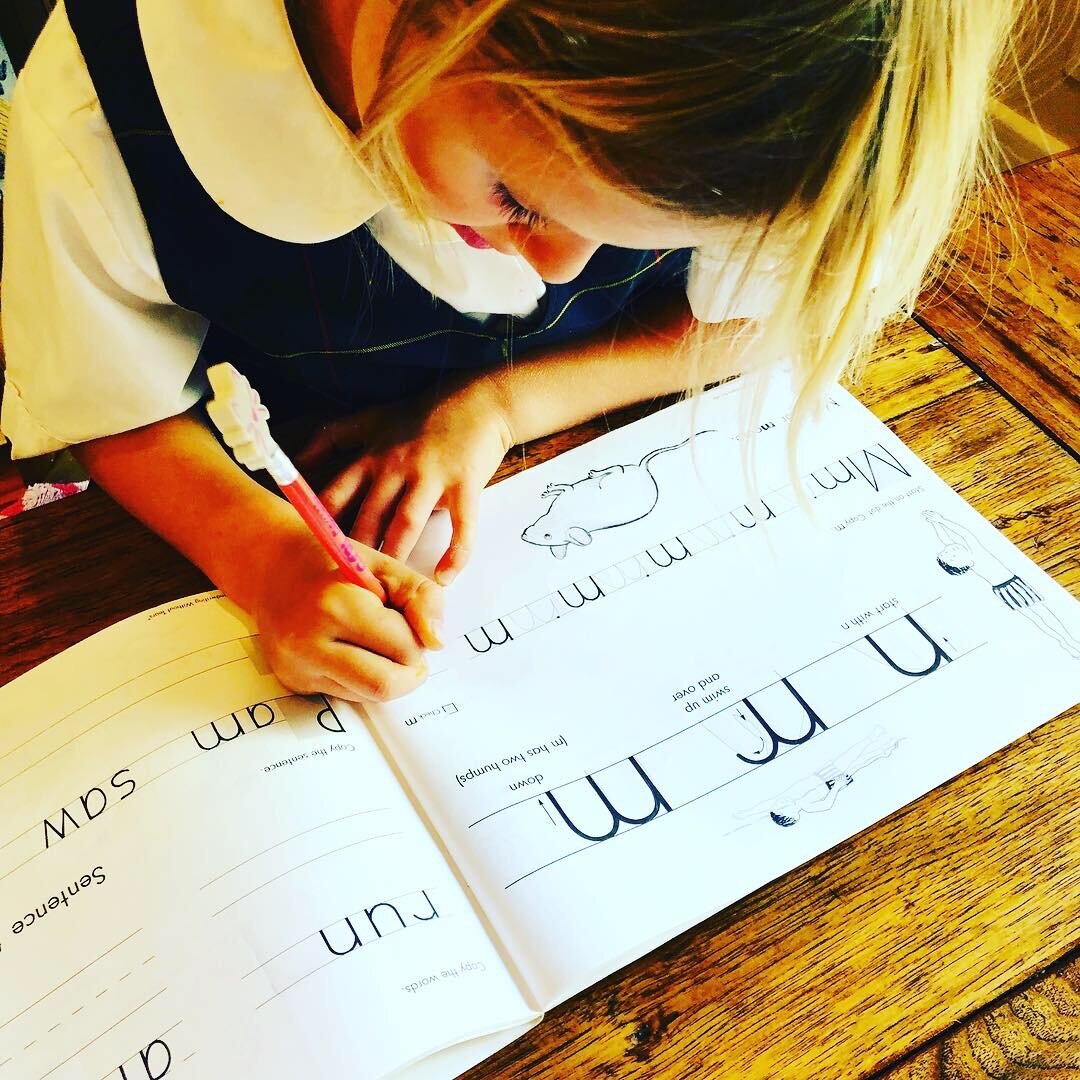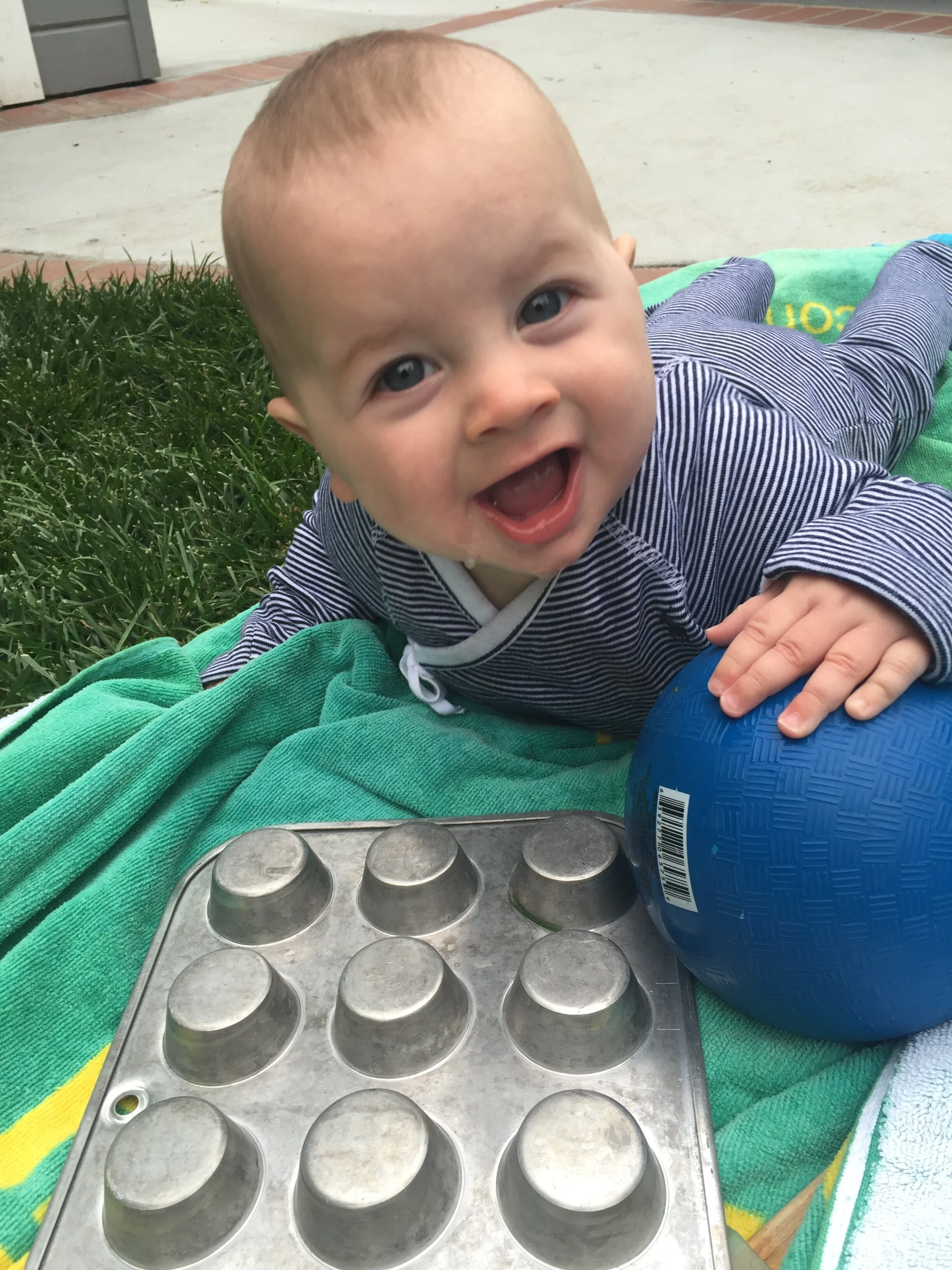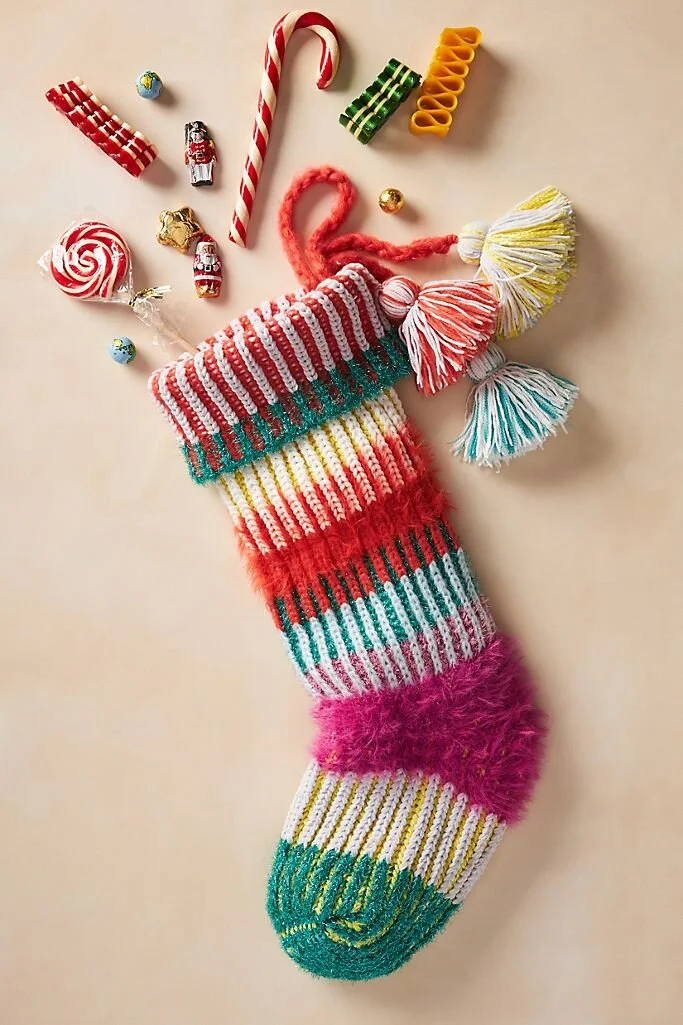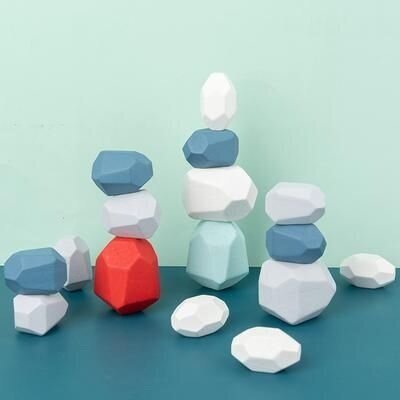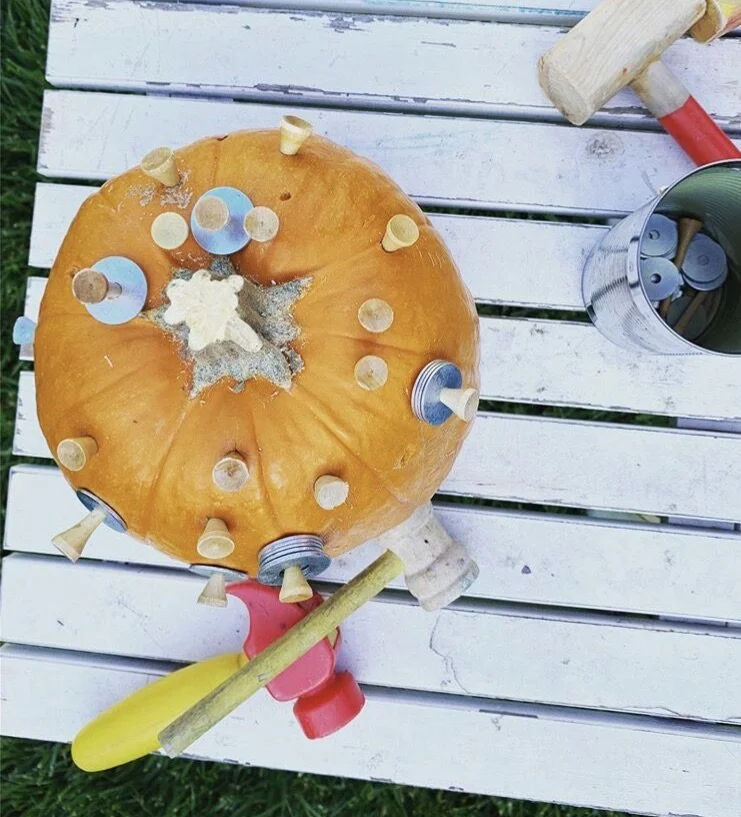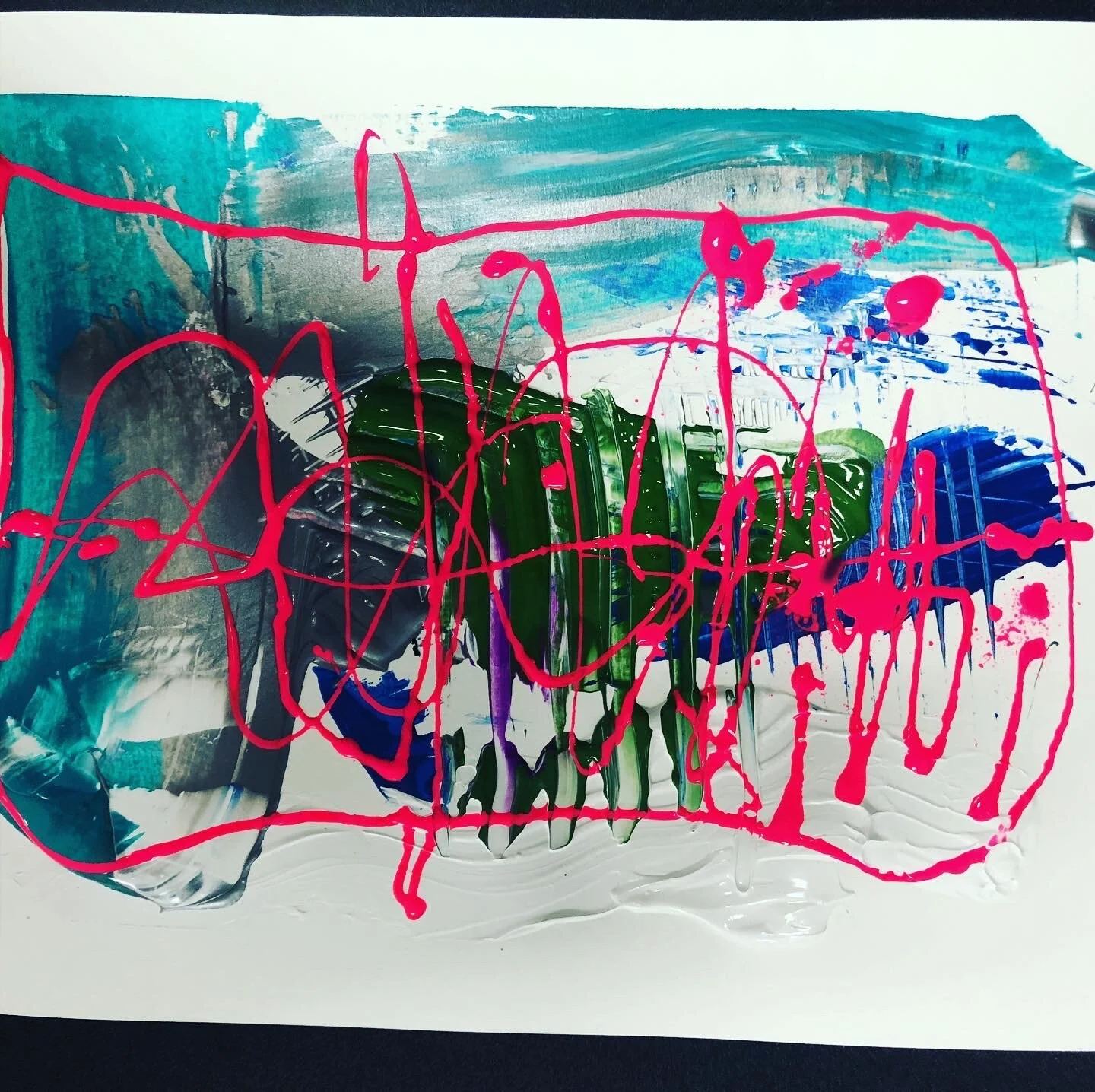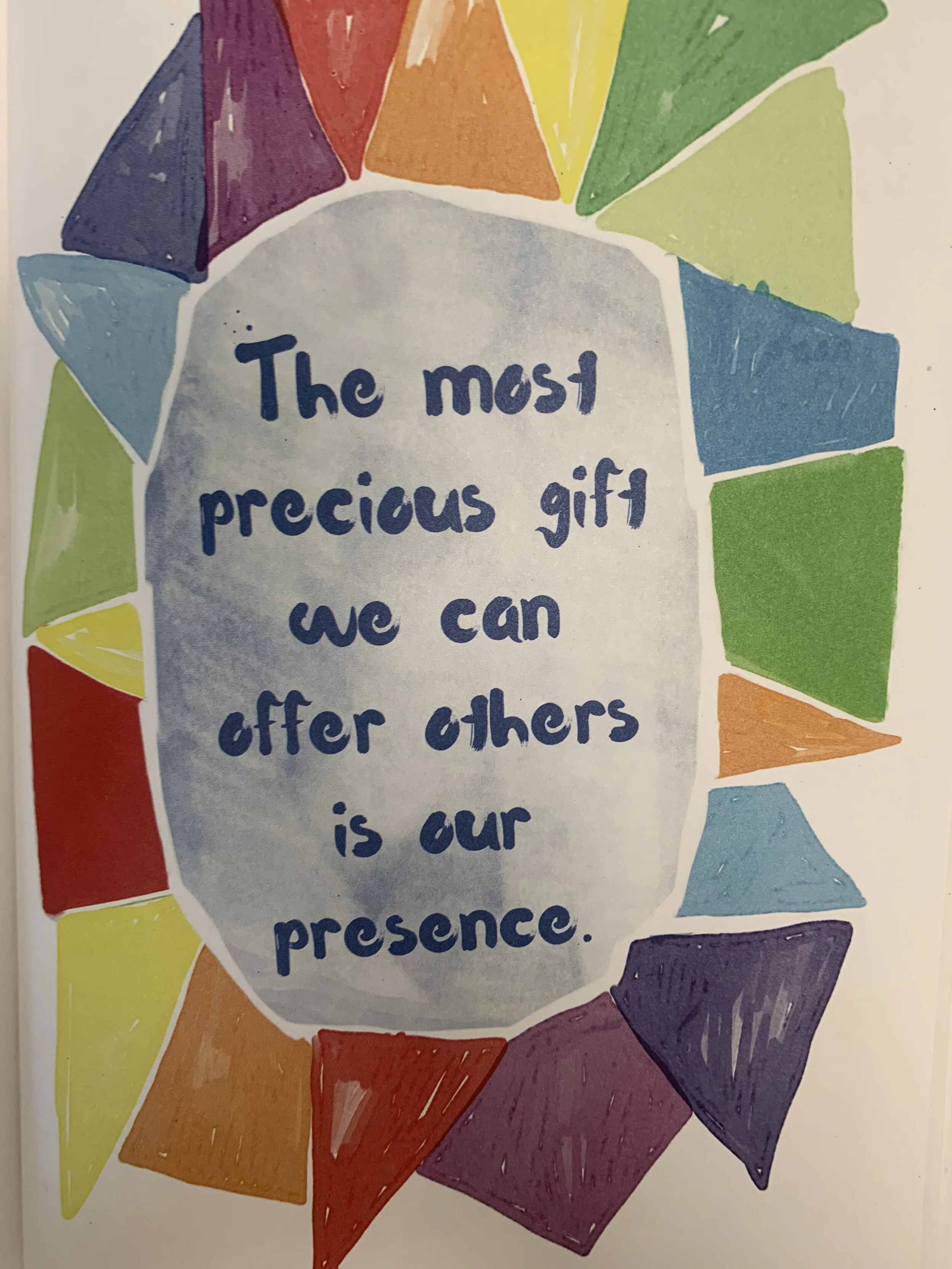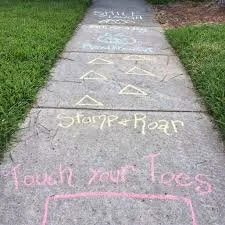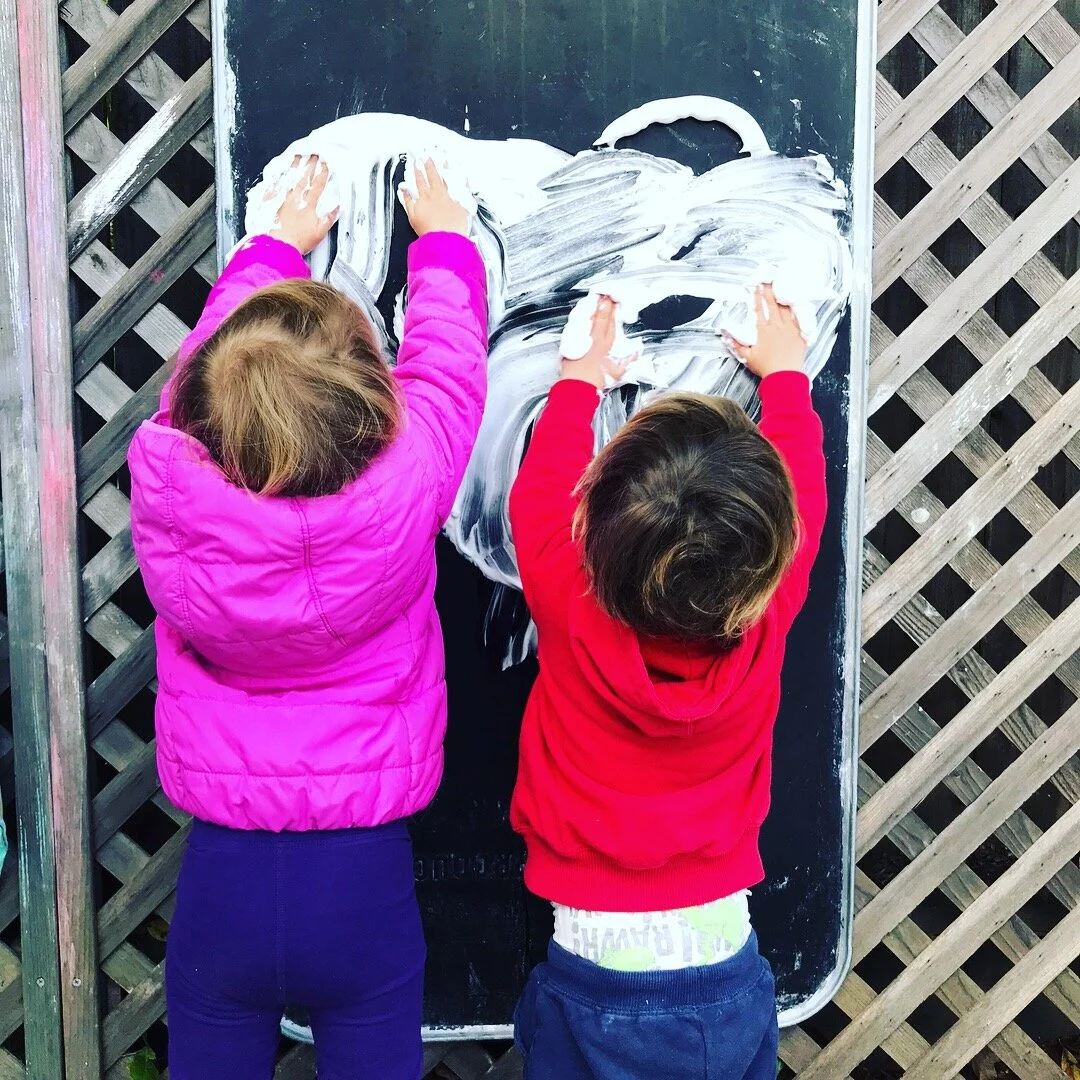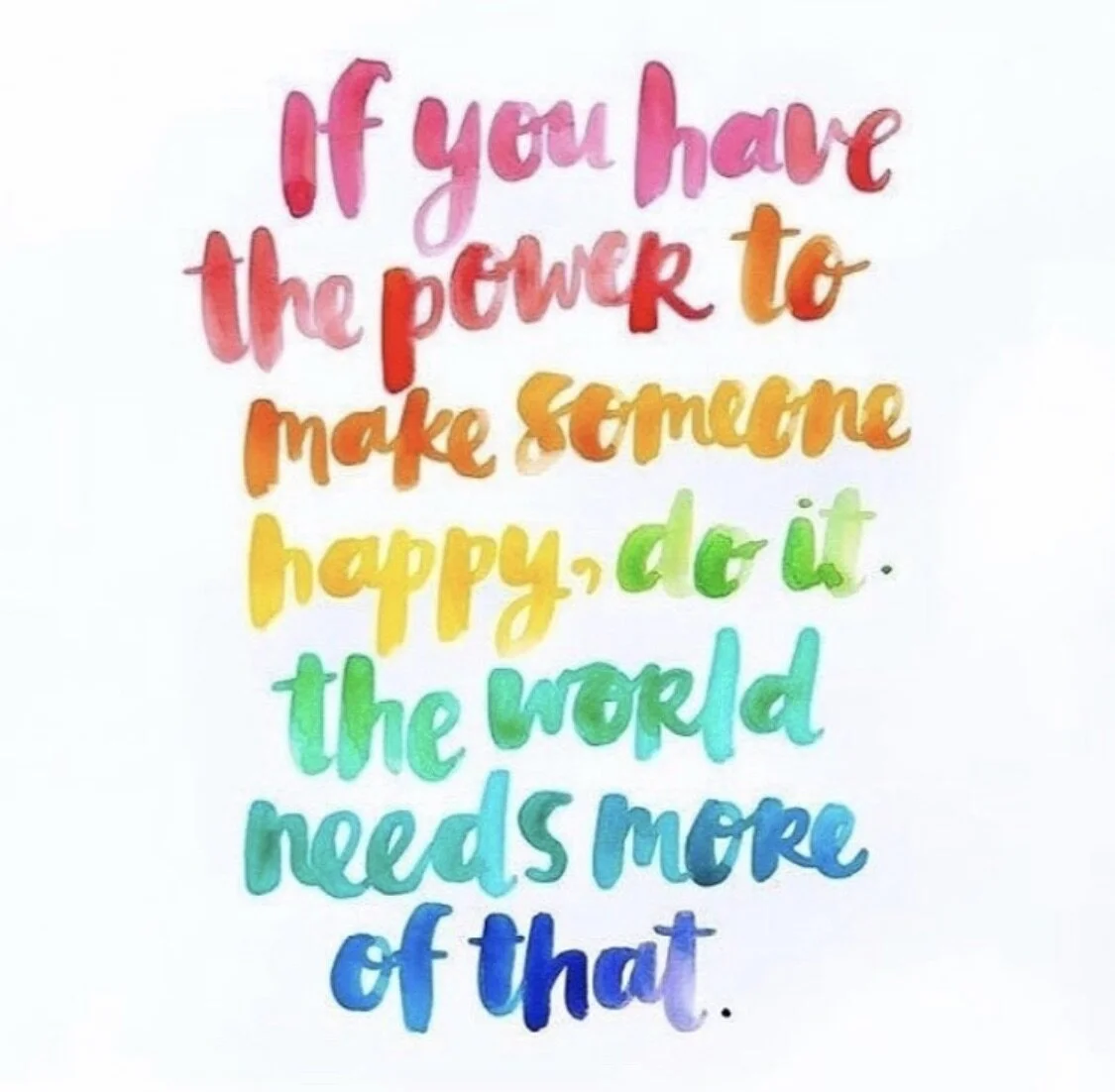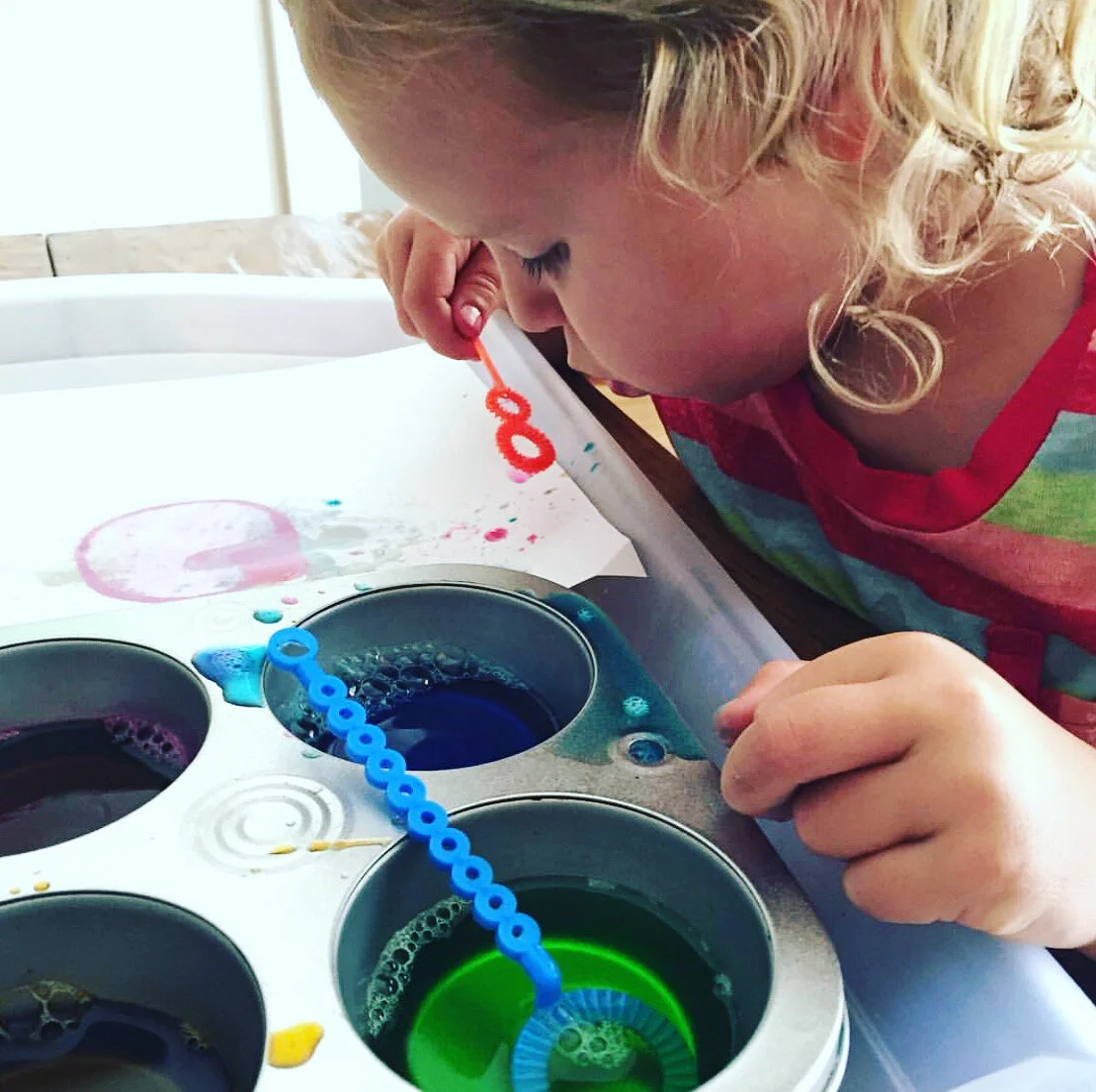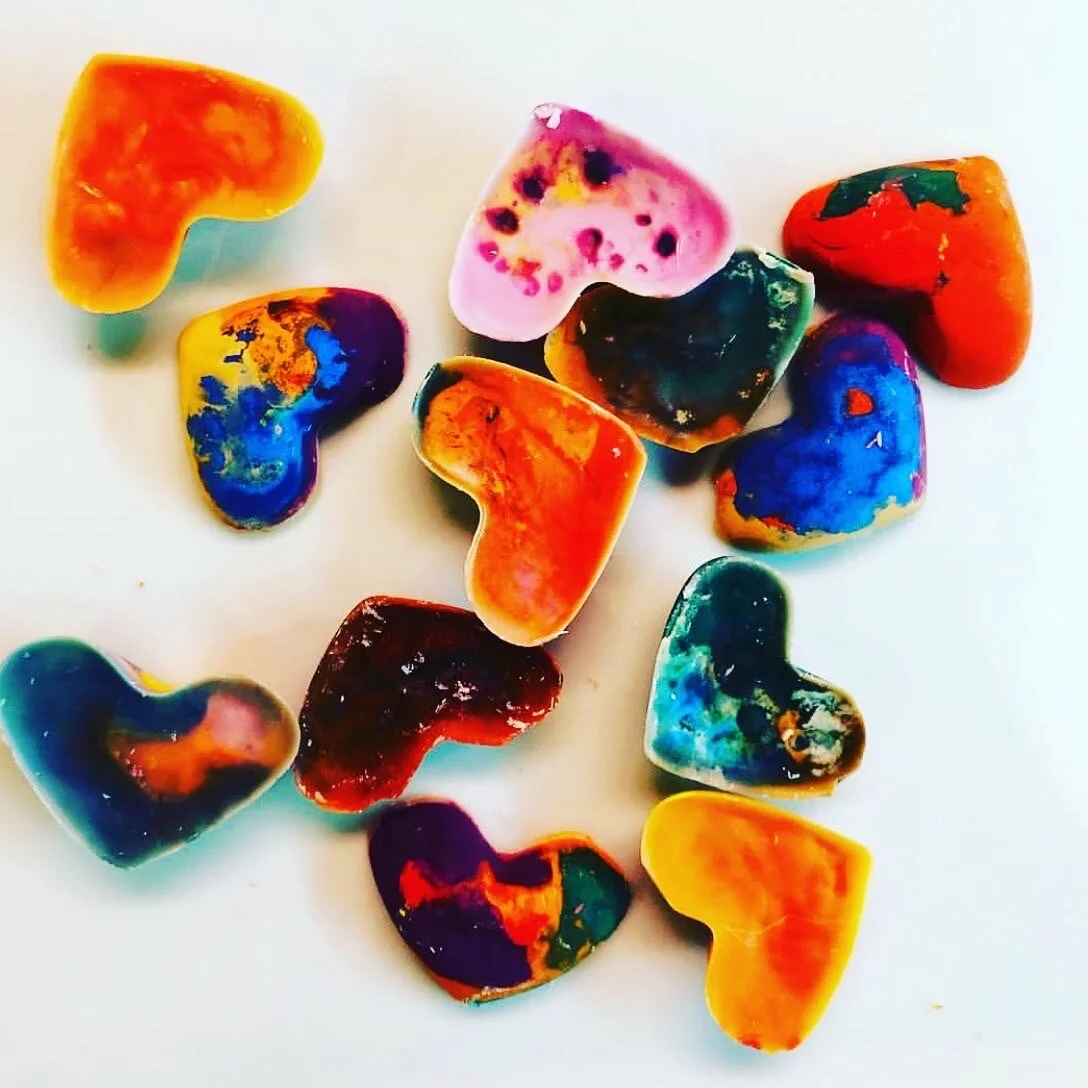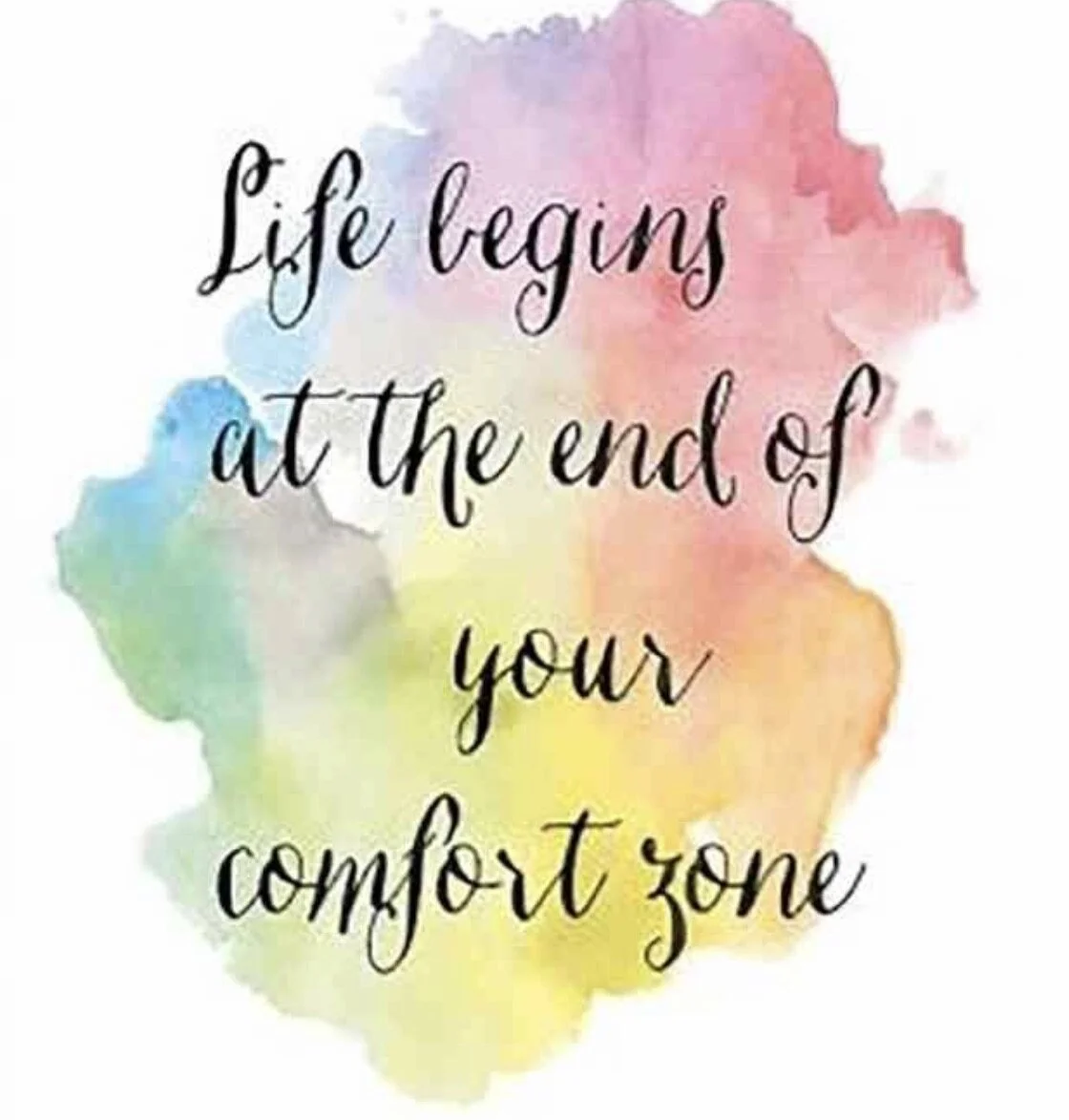I know, I know, many of you hear the words “sensory bin” and you run the other direction. Others get the dust buster handy and dive right in. So, what is the benefit of sensory bins anyways?
Sensory bins are a favorite activity of mine both at home with my children, in clinical practice, and they are a big hit at Tot Group! Sensory bins can be put together very quickly with common household materials, and can be stored away easily and pulled out for a rainy day activity or a quick way to make learning more fun!
When your child is engaging with a sensory bin the first sense they are using is their tactile sense. Our skin has so many receptors and these receptors in our fingers send messages to the brain. Think about when you are digging through your purse or diaper bag for something. It is not your vision that you are using, it is your tactile sense. It is that ability to feel something and the brain to know what it is without looking at it that helps us with many tasks. Buttoning, picking up items in a drawer, even holding a pencil and writing relies heavily on tactile perception. I won’t get into the details of proprioception here but that is also a part of tactile perception through haptic perception.
When children have poor tactile modulation or are hyper- or hypo- sensitive to tactile input such as glue or sand, or not realizing they have food on their hands or face, it is not that the receptors are off, but the brain receives the message that something is not right. We can help children develop this and make sense of it by introducing them to a variety of tactile stimuli with gentle guidance. OTs specialize in grading activities and modifying them appropriately to help children become accustomed to various sensations and integrate appropriately. Having scoops of various size and shape helps with that modification but still offers great benefits to the tactile sense as well as fine motor movements, wrist mobility, and bilateral coordination.
That’s just the beginning of the many benefits of sensory bins. Along with tactile perception, children are working on fine motor and visual motor skills, language, and play skills.
Here are some simple ideas for sensory bin fillers:
Oats
Beans
Lentils
Dried pasta
Cooked spaghetti!
Cotton balls
Popcorn kernels
Rice
Sand
Salt
Epsom salt
Water
Cornstarch and water mixed to make Oobleck
With all of these sensory bin fillers, you can add scoops, funnels, paper towel rolls, measuring cups, muffin tins, breast pump flanges, cupcake/muffin liners. I love adding figurines as well to build open-ended and imaginary play skills.
Here are some other great activities to help babies and children develop their tactile sense:
Exposure to a variety of different textures, temperatures - let them explore and get messy!
Feel and find activities such as reaching into a bag to find various objects without using their vision.
Shaving cream or yogurt (for kiddos putting fingers in their mouths often)
So dive right in, have fun, experiment with different materials to place in a sensory bin and enjoy the time connecting with your child or client! Hint* A tarp, tablecloth, or old sheet are very handy underneath the sensory bin!
References:
Shao-Hsia Chang; Nan-Ying Yu. Visual and Haptic Perception Training to Improve Handwriting Skills in Children With Dysgraphia. Am J Occup Ther. 2017; 71(2):1-10.
Yu, T-Y, Hinojosa, J., Howe, T-H., Voelbel, G. Contribution of Tactile and Kinesthetic Perceptions to Handwriting in Taiwanese Children in First and Second Grade. OTJR Occupation Participation Health 32(3):87-94, July 2012 https://doi.org/10.3928/15394492-20111209-02




